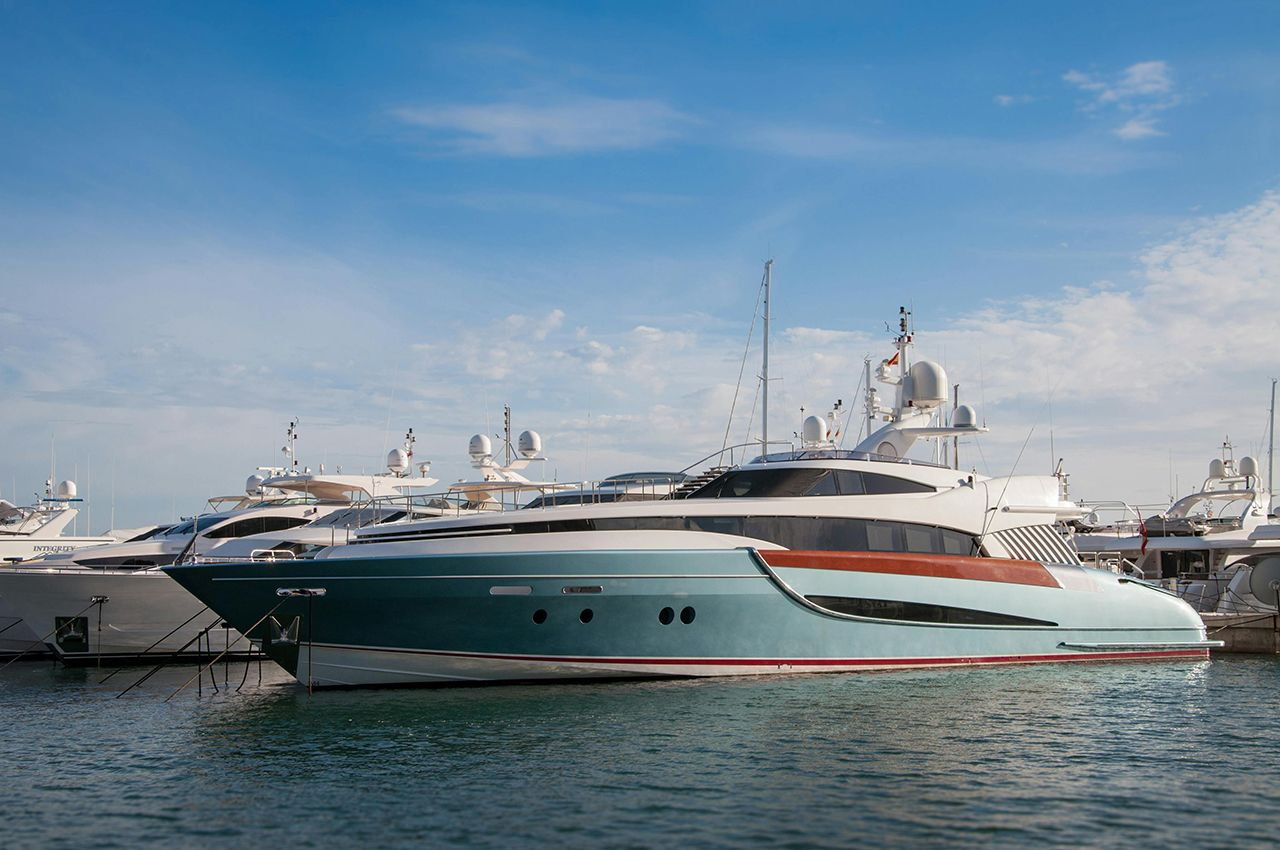What is a Sea Trial and Why is it Important?
A sea trial is the marine equivalent of a test drive, crucial for assessing a vessel’s performance before it is fully commissioned or sold. Whether you’re purchasing a new boat, testing repairs, or simply ensuring that your vessel is in good working order, a sea trial ofers the opportunity to evaluate the boat’s systems, handling, and overall seaworthiness under real-world conditions.
Why is a Sea Trial Important?
The primary goal of a sea trial is to verify that the boat performs as expected. It allows you to test the engine, steering, navigation systems, and other critical components in a controlled environment. A sea trial also helps identify any potential safety issues, such as poor handling in rough water or mechanical failures, that could compromise the vessel’s integrity. For prospective buyers, a successful sea trial provides confdence in the investment, ensuring that the vessel is worth the purchase price.
Where to do a Sea Trial
A sea trial is typically conducted in a coastal or lakeside location, where the boat can be tested in real-world conditions. These trials can be arranged through brokers, who often have access to a variety of vessels for potential buyers to test. Manufacturers also ofer sea trials, especially for new models, either directly or through their dealership networks. Additionally, sea trials are often available at major boat shows, like the upcoming Fort Lauderdale International Boat Show where both brokers and manufacturers showcase their latest oferings, providing an ideal opportunity for prospective buyers to experience diferent boats on the water.
The Process of a Sea Trial
A sea trial typically involves several stages, each designed to test diferent aspects of the vessel’s performance:
Pre-Trial Inspection: Before setting out, thoroughly inspect the boat while it’s still docked. Check the hull for damage, ensure that all systems are operational, and verify that the necessary safety equipment is on board.
Starting the Engine: The engine should start easily and run smoothly without excessive smoke or unusual noises. Pay attention to how quickly the engine reaches operating temperature and whether there are any vibrations.
Idle and Low-Speed Maneuvers: Begin the trial by running the boat at idle speed, testing its handling in tight spaces, and checking for responsiveness in steering. This is also a good time to test the reverse gear.
Acceleration and High-Speed Performance: Gradually increase speed, monitoring how the boat handles acceleration and whether the engine can reach its full RPM range without issues. At high speeds, the boat should remain stable and easy to control.
Handling in Rough Water: If possible, take the boat into choppy or rough water to see how it handles adverse conditions. This will test the hull’s design, stability, and the efectiveness of the bilge pump system.
Testing Onboard Systems: During the trial, test all onboard systems, including electronics, navigation, communication devices, and any amenities like the galley or HVAC systems. Ensure everything functions as expected.
Post-Trial Inspection: After returning to the dock, conduct another inspection. Check for any signs of overheating, fuid leaks, or other issues that may have arisen during the trial.
What to Look On Your First Sea Trial
Scheduled your frst sea trial? Here’s a checklist to keep on hand when test-driving your vessel on and of the water.
On Land
Hull Condition: Inspect the hull for cracks, blisters, or other damage. Pay attention to areas around the keel, rudder, and propeller.
Propulsion System: Check the condition of the propellers, shafts, and rudders. Look for signs of wear or damage that could afect performance.
Electrical Systems: Ensure that all wiring is secure and there are no signs of corrosion or loose connections.
On Water
Engine Performance: Listen for unusual noises, check for smoke or vibrations, and monitor engine temperature and oil pressure.
Steering and Handling: The boat should respond promptly to steering inputs and maintain a steady course. Any signifcant deviation could indicate issues with the rudder or steering system.
Stability and Buoyancy: The boat should remain level and stable, even in rough waters. Excessive listing or rolling could indicate a problem with the ballast or hull design.
Navigation and Communication Systems: Test the GPS, radar, radio, and other critical navigation and communication systems to ensure they function correctly.
Sea Trials
Sea Trails are a vital step in the evaluation of any vessel. By thoroughly testing the boat’s performance in real-world conditions, you can ensure that it meets your expectations and is safe for use on the water. Browse our newest listings and get in touch with one of Yachtr’s professional brokers to schedule your next sea trial.

